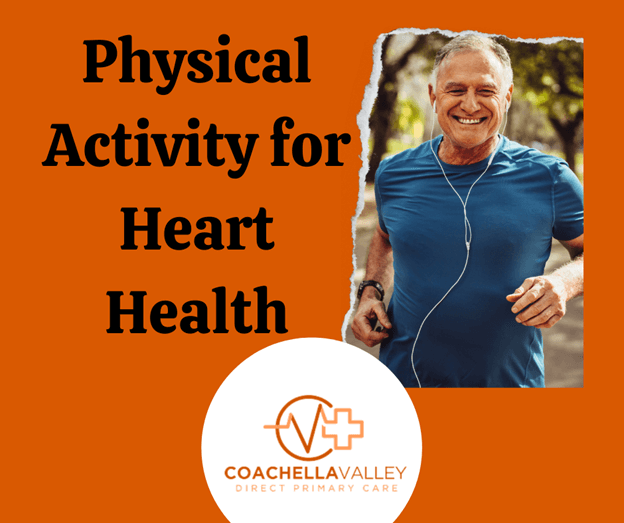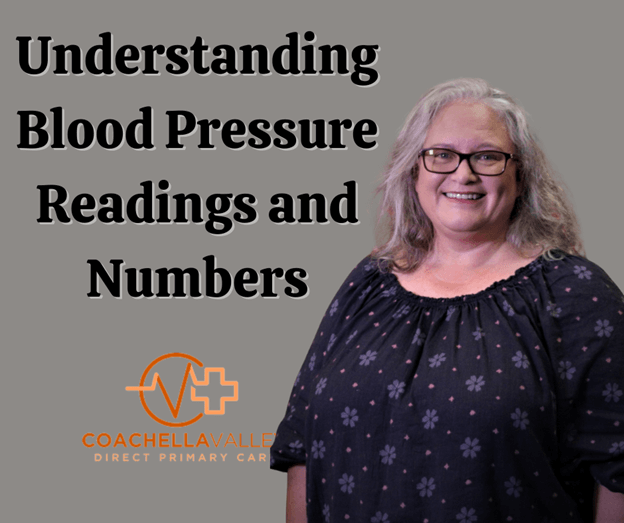High blood pressure sneaks up on many, often going unnoticed until it’s too late. Known as the “silent killer,” its lack of clear symptoms makes early detection a challenge. In this piece, we’re diving deep into understanding Symptoms of High Blood Pressure, shedding light on why monitoring is crucial for everyone. Exploring the consequences, you’ll grasp how unregulated blood pressure escalates into critical ailments such as cardiac issues and cerebrovascular accidents, alongside renal complications.
We’re also straight-up busting myths, offering up the real scoop on high blood pressure’s true sensations and knocking down widespread but false beliefs that might block proper handling. Additionally, you’ll uncover practical strategies for optimizing your circulation with lifestyle modifications and comprehend the lifesaving potential of routine monitoring to identify shifts promptly.
This guide aims to arm you with knowledge—because knowing what signs to look out for might just make all the difference.
Coachella Valley Direct Primary Care
Frustration-free health care for the whole family. A monthly membership program designed for the busy Coachella Valley family to give you direct access to primary healthcare services so you can be healthy and active. Schedule a free consultation. 760-642-5549
Table Of Contents:
- Unmasking the Silent Killer: Understanding High Blood Pressure
- The Dangers of Ignoring High Blood Pressure
- Debunking Common Myths About High Blood Pressure Symptoms
- The Role of Lifestyle Choices in Managing High Blood Pressure
- Understanding Blood Pressure Readings and Numbers
- Getting Your Blood Pressure Checked Regularly
- Treatment Options for High Blood Pressure
- Conclusion
Unmasking the Silent Killer: Understanding High Blood Pressure
High blood pressure, often dubbed the “silent killer,” sneaks up without warning. It’s a condition where your blood pushes too hard against your artery walls, but it doesn’t exactly shout its presence from the rooftops. Preferring to remain unseen, high blood pressure emphasizes the importance of vigilant monitoring for its timely identification and control.
What is High Blood Pressure?
The American Heart Association defines high blood pressure as a force of blood pushing against vessel walls that’s consistently too high. This common condition can lead to heart disease and stroke if not managed properly. Ideal blood pressure levels are less about hitting specific targets and more about maintaining ranges that reduce risk.
To manage this silent threat effectively, understanding what those blood pressure numbers mean is key. A reading consists of two figures: systolic over diastolic pressure – but remember, both need attention for good health.
Why Called the Silent Killer?
This nickname stems from its notorious ability to cause significant damage silently—without noticeable symptoms until potentially serious harm occurs. Recognizing this lack of warning signs emphasizes why regular check-ups are non-negotiable for catching changes early on and adjusting care plans accordingly.
The Dangers of Ignoring High Blood Pressure
When left unchecked, it sets the stage for heart disease and stroke, among other health problems.
Heart Disease and Stroke Risks
If you’re brushing off those high blood pressure readings as no big deal, think again. We’re not merely talking digits here; this is a matter of life itself, hanging in the balance. Elevated blood pressure means your heart is working harder to pump blood through your veins. Over time, this extra effort can lead to serious damage to your heart and arteries—laying down the red carpet for heart attacks and strokes. It’s like forcing an overworked engine to run non-stop without maintenance—it’s bound to break down eventually.
Beyond straining your cardiovascular system, ignoring high blood pressure symptoms can also set you up for kidney disease—a less talked about but equally severe consequence of hypertension.
Impact on Kidneys
Your kidneys are filtration powerhouses, removing waste from your body 24/7. But when faced with persistently high pressures in their delicate vessels caused by untreated hypertension—they start struggling too. Kidney function gradually declines, leading us toward chronic kidney disease or even failure if not managed well.
Debunking Common Myths About High Blood Pressure Symptoms
Many believe high blood pressure comes with warning signs like headaches and nosebleeds. But here’s the truth: these symptoms rarely indicate high blood pressure levels. In fact, difficulty sleeping or facial flushing are also not direct signals of elevated blood pressure.
The American Heart Association warns that the absence of symptoms in cases of high blood pressure, dubbed the “silent killer,” can deceive individuals into neglecting their health until they face graver consequences. Grasping the elusive character of high blood pressure is vital for folks in Coachella Valley and elsewhere, motivating them to actively address it before it escalates.
Rather than waiting for non-existent signs, getting your blood pressure checked regularly is key. Headaches and nosebleeds tend to be caused by other factors, not directly by high blood pressure, such as hypertension crisis situations, which are medical emergencies requiring immediate attention but are rare occurrences compared to the commonality of hypertension itself.
The Role of Lifestyle Choices in Managing High Blood Pressure
Diet and Nutrition
When it comes to controlling high blood pressure, what you eat plays a huge role. A balanced diet can help manage high blood pressure levels. The American Heart Association advises leaning towards a diet low in sodium and abundant in potassium to regulate blood pressure effectively.
Incorporating a variety of fresh produce, wholesome grains, and proteins with less fat into your meals is essential. Also, cutting back on processed foods helps reduce sodium intake which is crucial for keeping your pressure numbers at bay.
Physical Activity for Heart Health

Regular exercise isn’t just good for shedding pounds; it’s also vital for managing high blood pressure. Engaging in physical activity strengthens the heart making it pump blood with less effort.
This means lower force on your arteries—a direct ticket to reducing blood pressure numbers. The American College of Cardiology suggests aiming for at least 150 minutes of moderate-intensity aerobic activity per week or 75 minutes if you’re going all out with vigorous activities.
Making these lifestyle choices doesn’t just benefit those trying to manage high blood pressure but offers an avenue towards a healthier life overall—proving that sometimes, the best medicine lies within our daily habits.
Understanding Blood Pressure Readings and Numbers

At first glance, those digits that represent blood pressure could appear as mere figures, yet they hold the secret to deciphering the well-being of your heart. Each reading has two numbers: systolic over diastolic, measured in mm Hg (millimeters of mercury). Systolic pressure indicates how hard blood pushes against artery walls when the heart beats. Diastolic pressure shows this force between beats.
Systolic vs. Diastolic Pressure
The first number, or systolic pressure, measures the force your heart exerts on the walls of your arteries with each heartbeat. Think of it as the peak pressure during a heartbeat. The second number is diastolic pressure, which records the lowest level that your blood pressure drops to between beats when your heart relaxes.
Normal blood pressures are below 120/80 mm Hg according to American Heart Association guidelines. Anything above can indicate elevated levels or hypertension—a major risk factor for stroke and heart disease.
The American Heart Association Guidelines
The American Heart Association divides blood pressures into general categories from normal to hypertensive crisis (more info here). This classification helps doctors decide on treatment options based on whether you have high blood flow resistance or if there’s extra strain on artery walls—factors contributing to chronic conditions like kidney disease or even leading to a stroke.
Getting Your Blood Pressure Checked Regularly
Regularly monitoring your blood pressure isn’t merely wise; it’s vital for preserving cardiac well-being and identifying possible problems swiftly. For residents in the Coachella Valley, understanding when to get your blood pressure checked is crucial.
Consistently keeping an eye on your blood pressure helps you tweak your health strategies in real time, swiftly tackling any deviations in your well-being. It’s like having a personal guard against the silent threats posed by elevated blood pressure levels.
The American Heart Association recommends adults with normal blood pressure should have their pressure checked at least once every two years. Those with higher risk factors or previous high readings might need more frequent checks. Adopting this straightforward measure could be a game-changer, paving the way for timely measures and handling of elevated blood pressure, averting its progression into grave maladies like cardiac ailments or cerebrovascular accidents.
Making sure to schedule regular check-ups is part of adopting a healthy lifestyle habit that supports not only your cardiovascular system but your overall well-being, too. Remember, managing high blood pressure starts with knowing where you stand—so make getting your blood pressure checked part of your routine health care plan.
Treatment Options for High Blood Pressure
In Coachella Valley, individuals facing the challenge of high blood pressure may find that a mix of altering their daily habits and adopting certain medical approaches significantly alters their condition. Navigating through the maze of choices for handling high blood pressure involves getting a grip on what’s available to you.
Lifestyle Changes
Making some key lifestyle changes is often the first step recommended by healthcare professionals. Incorporating a balanced diet by cutting down on sodium and enriching your meals with more fruits and veggies is also advised. Regular physical activity also plays a crucial role; even moderate exercises such as walking can help lower blood pressure levels significantly.
Moreover, managing stress through techniques such as meditation or yoga can have positive effects on blood pressure. It’s not just about what you do but also what you avoid—limiting alcohol consumption and quitting smoking are essential steps toward better heart health.
Medication Management
If lifestyle modifications aren’t enough to get those numbers down, medication might be necessary. There are various types of drugs used to treat high blood pressure including ACE inhibitors, beta-blockers, and diuretics among others that work by relaxing your vessels or reducing fluid volume in the body.
Your doctor will determine the best treatment plan based on your specific situation. Remember that regular check-ups are vital to monitor progress and adjust treatments as needed.
Conclusion
Knowing the symptoms of high blood pressure could save a life. It’s the silent signs that often speak volumes. Recognizing these can prevent heart disease, stroke, and kidney issues.
Myths were debunked. High blood pressure doesn’t always shout its presence with headaches or nosebleeds. Sometimes, it whispers through less obvious signals.
Lifestyle changes matter. Eating right and staying active aren’t just good advice; they’re lifelines for managing your health.

